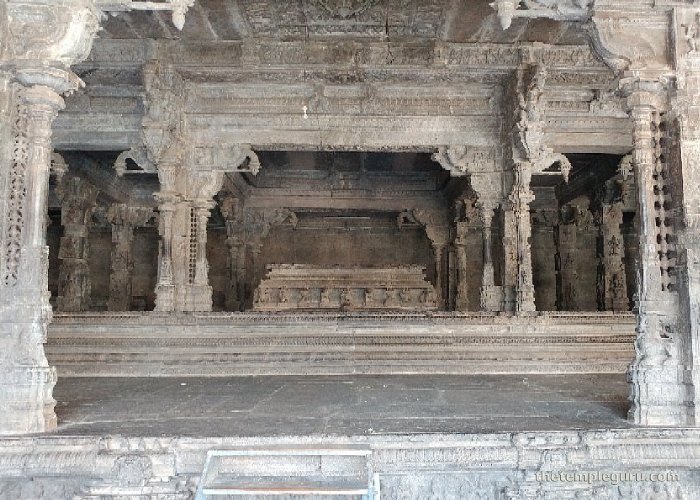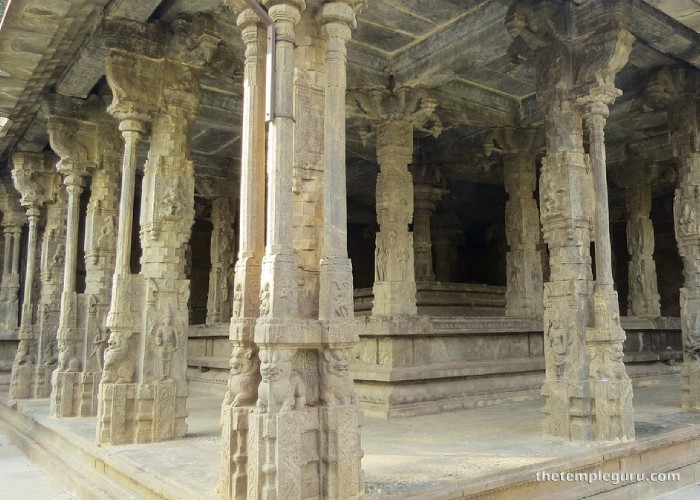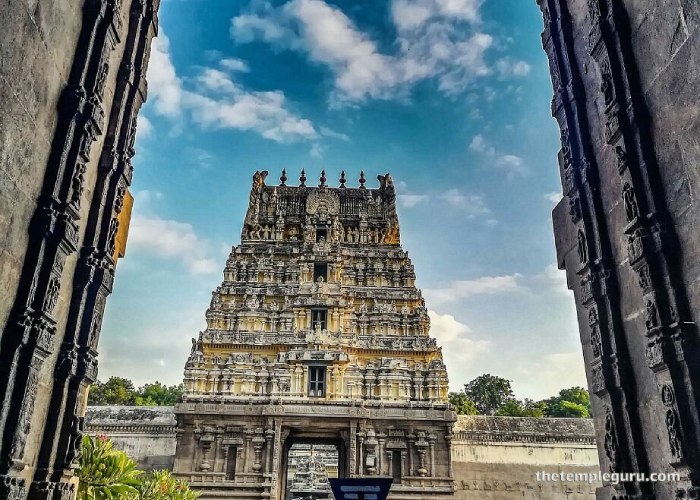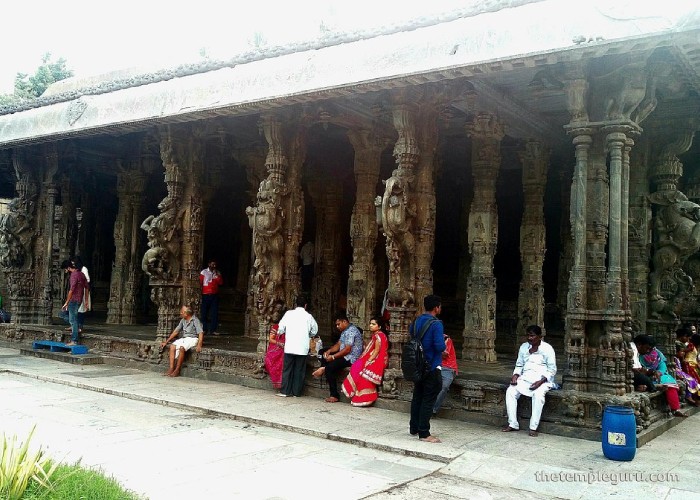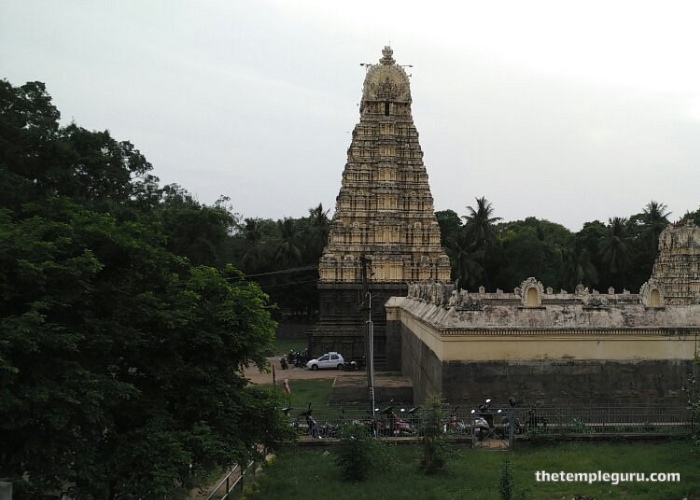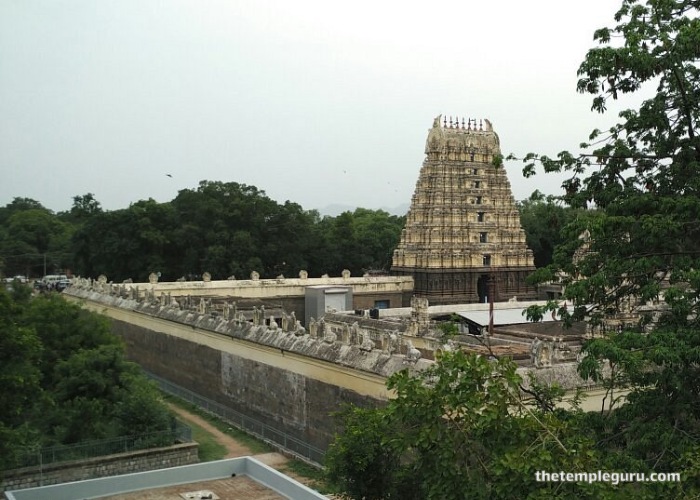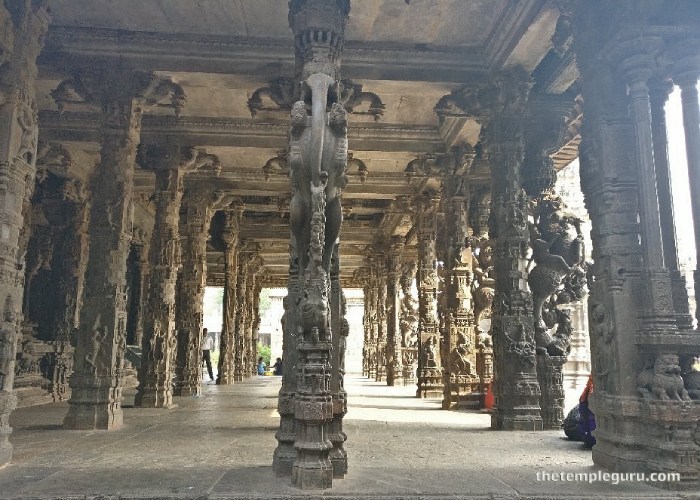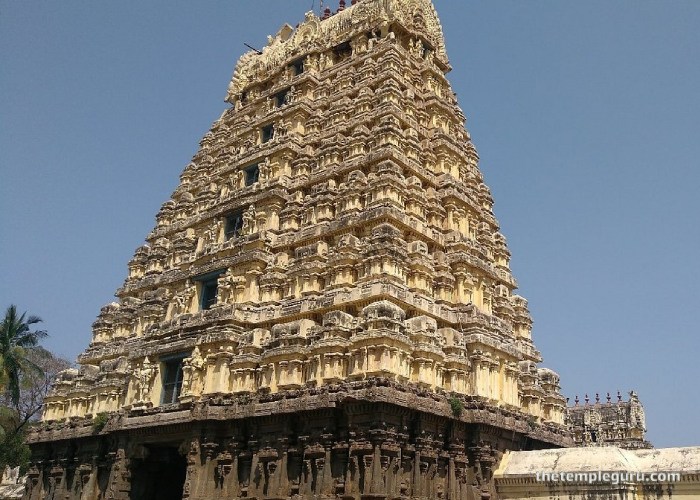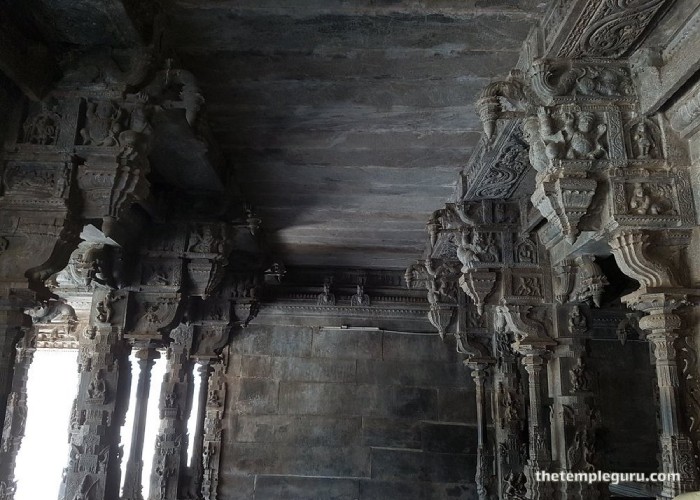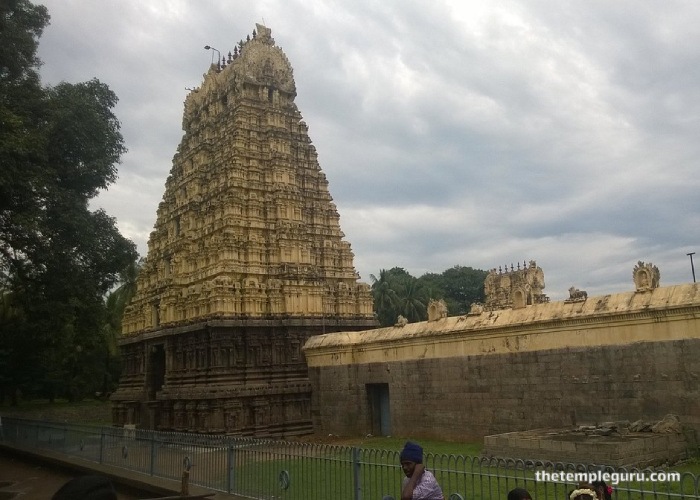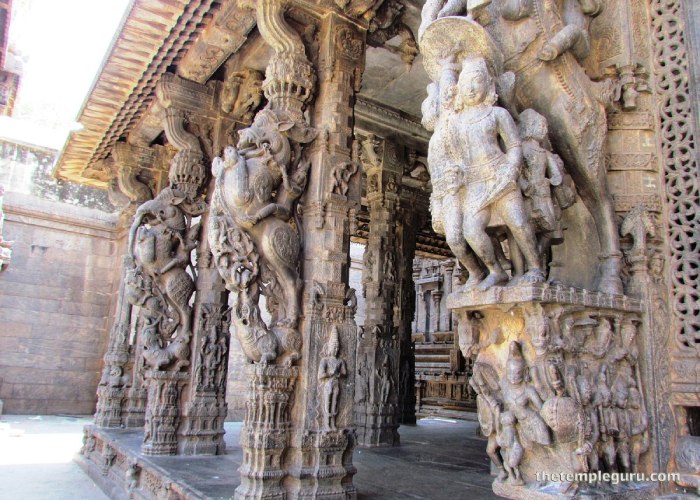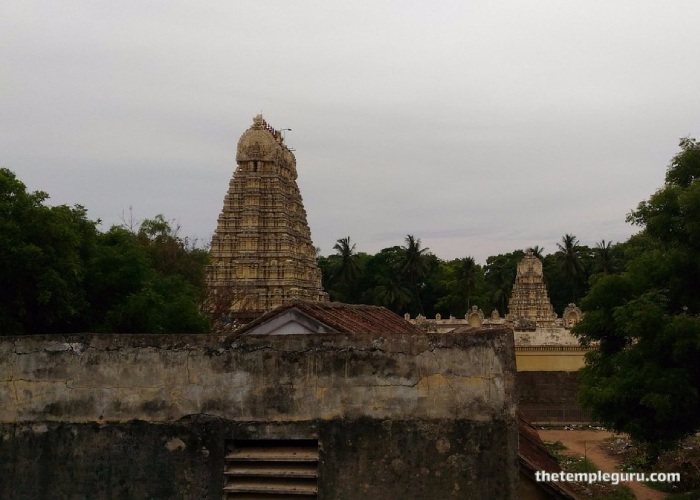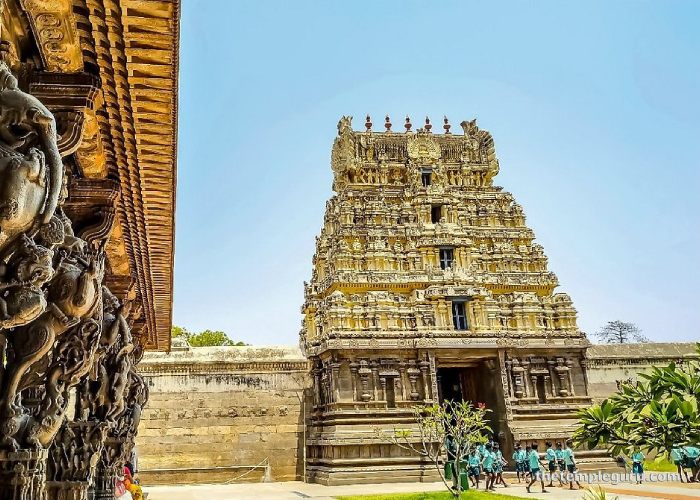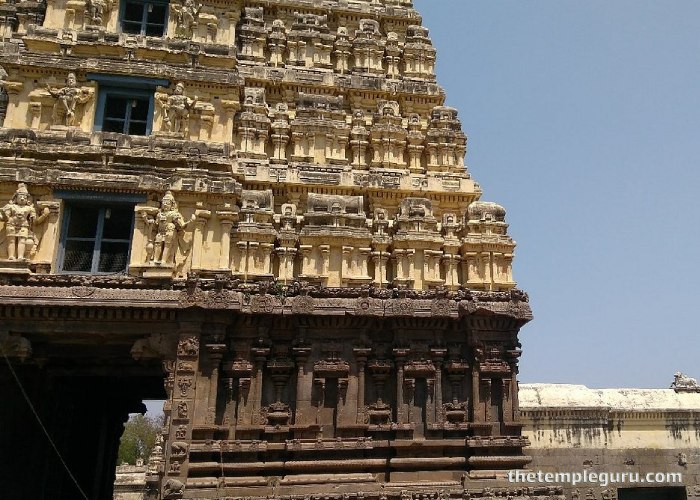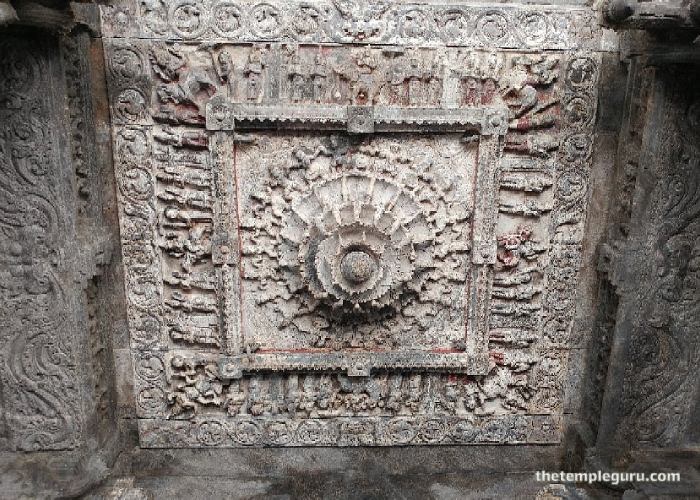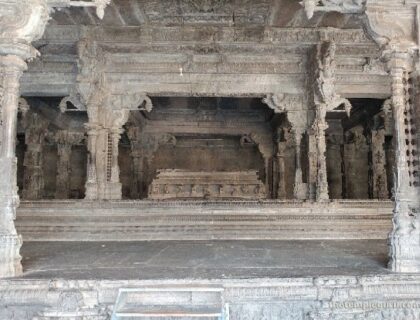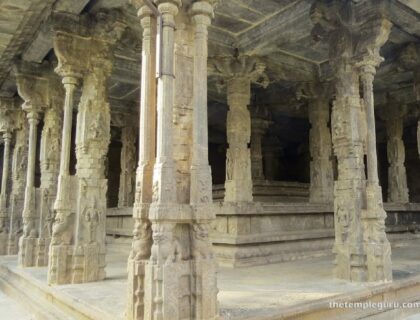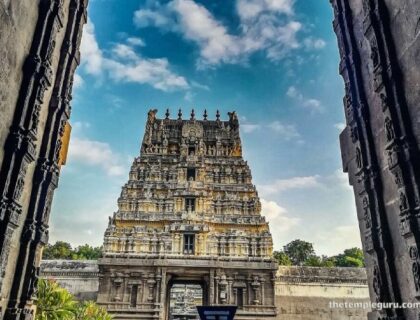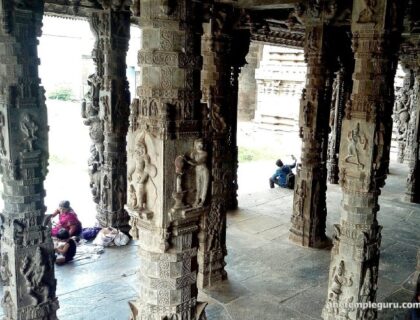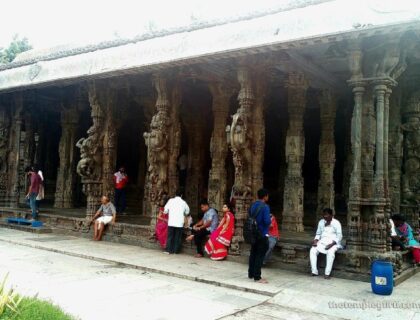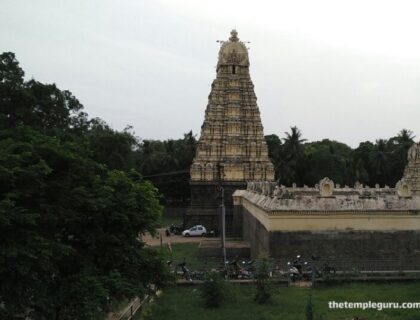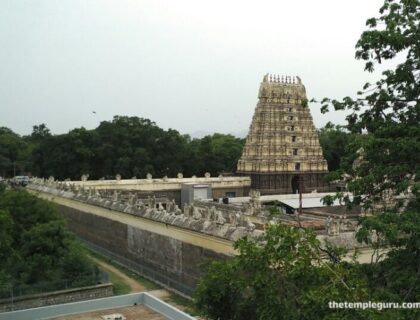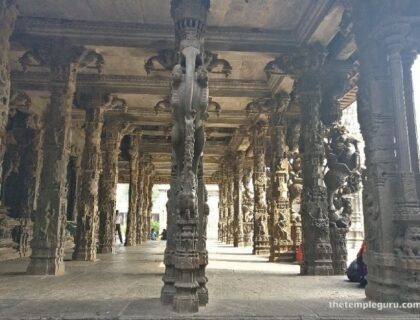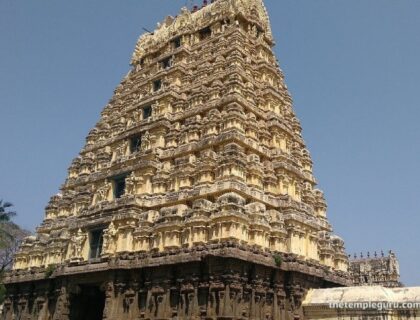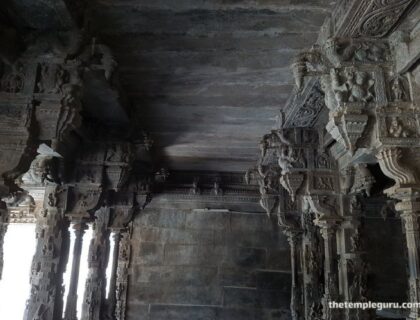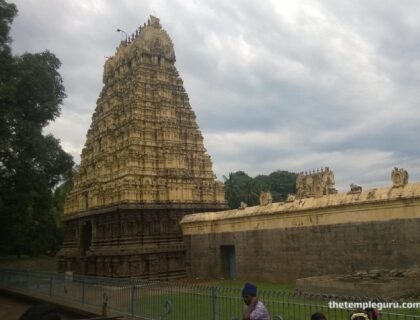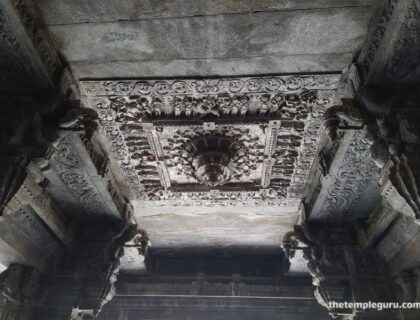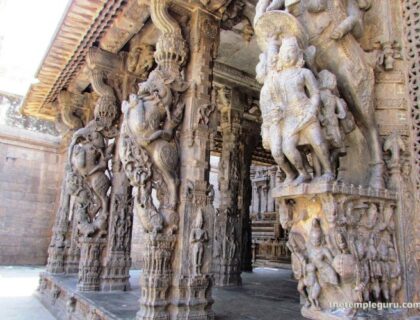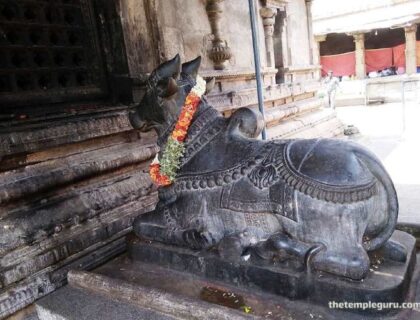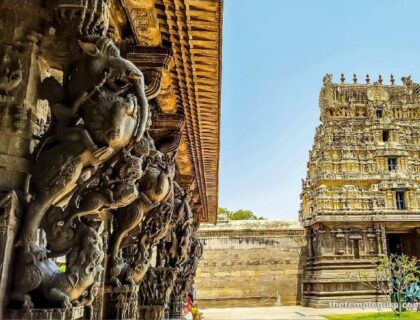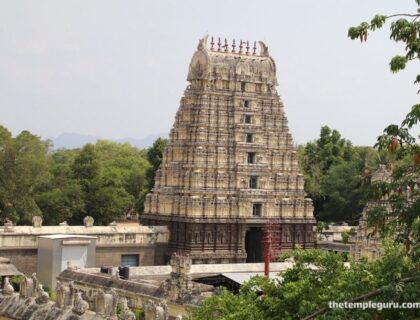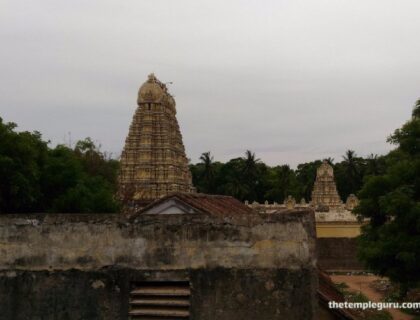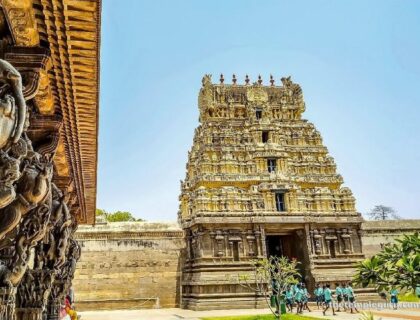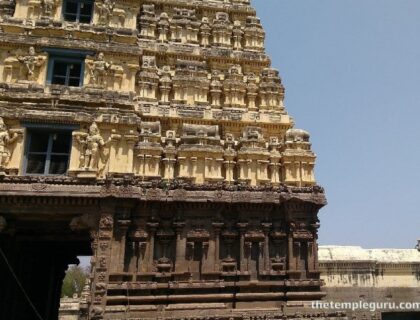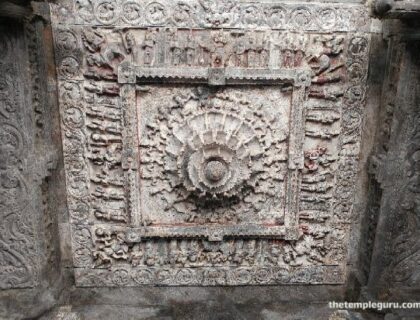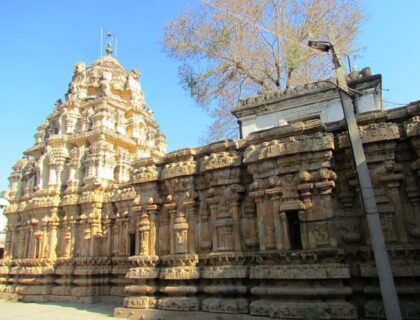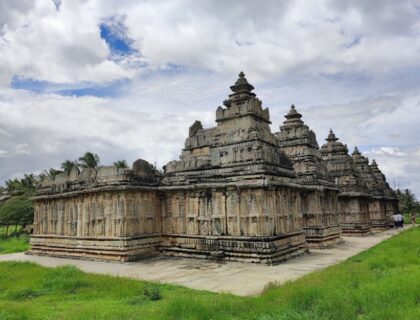Jalakandeswarar Temple Vellore
The Jalakandeswarar Temple is a Lord Shiva temple located in the Vellore Fort, in the heart of Vellore city, in the state of Tamil Nadu, India. The Jalakanteshwara Temple is known for its excellent Vijaynagar architecture. The temple has some of the best stone carvings and inscriptions, each with its own distinct style. The temple is one of the most visited tourist sites in Vellore. The temple is full of beautiful sculptures and artwork on the tower and engravings on the walls and ceilings.
The Jalakandeswarar Temple in the state is a living example of how faith in God overcomes every impediment to its union with the divine. The Lord Shiva temple is located inside the Vellore Fort, in the heart of Vellore, and has an interesting restoration story. The temple is known for its magnificent Vijayanagara architecture, and it is now maintained and protected by the Archaeological Survey of India.
Legend of Jalakandeswarar Temple
According to legend, Athri muni worshipped here after installing a Siva Lingam. Without proper maintenance, the Siva Lingam in the temple was covered by an ant hill after he left. Rainwater collected in the ant hill’s lower levels formed a tank. In 1550 CE, Lord Shiva appeared in the dream of a ruling chieftain, Chinna Bommi Nayaka, and asked him to build a temple.
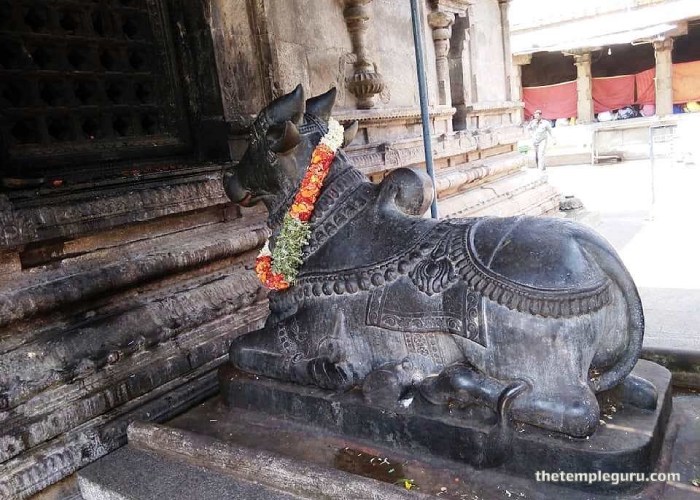
The king went to the tank, destroyed the ant hill, removed the Shivalinga, and installed the Lord in the water. The deity was known as Jalakandeswarar (translated as “Lord Siva residing in the water”) because the Lingam was surrounded by water. The temple was constructed during the reign of Vijayanagaram king Sadasivadeva Maharaya (1540-1572 CE). The temple also contains a statue of Sri Akhilandeshwari Amma, Jalakandeswarar’s consort.
History of Jalakandeswarar Temple
During the Muslim invasion and capture of Vellore Fort, the temple was mutilated. Worship in the temple was discontinued following the desecration of the temple during the Muslim invasion and rule. After destroying an Amman (Nagalamman) Temple on the site, an Islamic structure was built to serve as a makeshift mosque. For nearly 400 years, the temple served as an arsenal.

The main deity was moved to the Jalakanda Vinayakar Temple in Sathuvacheri for safekeeping due to concerns about desecration. For nearly 400 years, the temple stood empty. The Vellore Fort was handed over to the Archaeological Survey of India for maintenance in 1921. The temple was not used for worship at the time, and the ASI was determined to keep it that way. However, in 1981, Mailai Sundaram Guruji of Thangal Ashram brought the deity inside the fort and re-installed it inside the temple, restoring worship.
The Architecture of Jalakandeswarar Temple
Jalakanteshwara Temple is an excellent example of Vijayanagaram architecture. The gopuram (tower) of the temple has exquisite carvings, as do the richly carved stone pillars, large wooden gates, and stunning monoliths and sculptures. These Vijayanagara sculptures are similar to those found in Thadikombu, Soundararajaperumal Temple, Krishnapuram Venkatachalapathy Temple, Srivilliputhur Divya Desam, and Alagar Koyil.
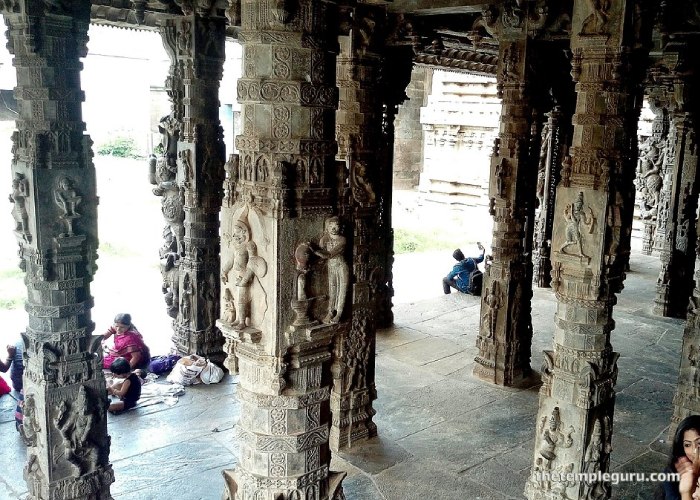
The tower’s Gopuram is over 100 feet in height. The temple also has a Mandapam, a hall supported by stone pillars carved with dragons, horses, and yalis (lion-like creatures). The temple is built in the middle of a water tank (called Agazhi in Tamil), and water cascades around it like a garland.
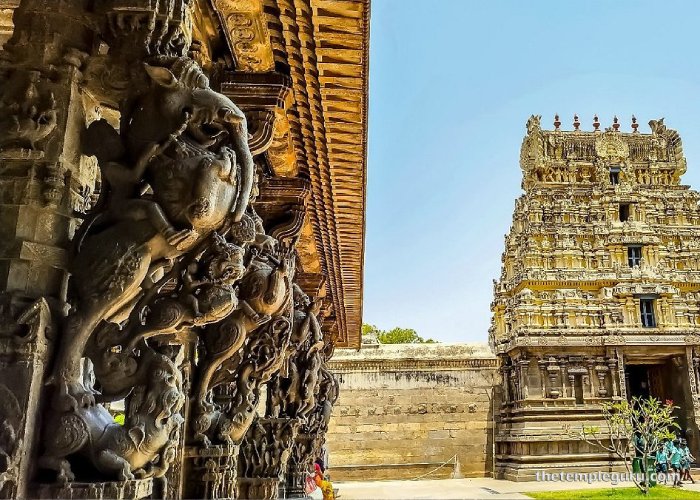
The water tank’s circumference is 8000 feet. Inside the temple, the wedding hall (Kalyana Mantapam) features a two-faced sculpture of a bull and an elephant. The water used to bathe the deity (abishekam) is drawn from an ancient well within the temple called the Ganga Gouri Thertam.
Important Facts About Jalakandeswarar Temple
- Jalakandeswarar Temple, dedicated to Lord Shiva, is located inside the Vellore Fort, 1.5 kilometres from Vellore Town Railway Station.
- The temple is named Jalakandeswarar because it is lower in elevation than the temple moat.
- The temple has two courtyards, a main shrine with a closed path surrounding it, and several sub-shrines.
- Inside the Garbha griha, the main deity Jalakandeswarar appears as Shivalinga. Goddess Sri Akilandeswari Amman can be found in a separate sanctum in the temple’s inner enclosure.
- Vinayaka, Madeswari, Vaishnavi, Varahi, Lakshmi, and Saraswathi can be seen from the outer walls of the Amman sanctum. In front of the Sri Jalakandeswarar sanctum is a Nandi statue.
- The Jalakandeswarar Temple of the Vijaynagar period stands inside the Vellore Fort, which is under the control of the Archaeological Survey of India.
- The entrance to Jalakandeswarar Temple is a long tower with large wooden gates and is sculptured with iron lotus flowers.
- The Kalyana mandapa is located on the temple’s western side and is a wonderful structure that reflects the finer aspects of the glorious Vijayanagara temple architecture.
- At the main entrance, there are sculpted and adorned pillars. The engravings on the temple ceilings and pillars are extremely beautiful.
Best Time to Visit Jalakandeswarar Temple
This place is very heavenly and spiritual, and you can visit it all year. The best time to visit this temple, however, is during the monsoon and winter seasons. During the monsoon season, this location receives moderate to heavy rainfall, making it appear heavenly with its greenery and bringing freshness elsewhere.
Famous Festivals In Jalakandeswarar Temple
- Dussehra – Dussehra, also known as Vijayadashmi, is celebrated on the tenth day after Navaratri to commemorate the triumph of good over evil.
- Shravana: For happiness and wealth, many fasts, offerings, and mantras are performed during the fifth month of the Hindu calendar, known as Shravana.
- Mahashivaratri is a fasting ritual that takes place in the last week of February. It is reminiscent of Lord Shiva bringing Goddess Parvati with him. A Grand Celebration is arranged by priests and the temple committee.
How to Reach Jalakandeswarar Temple
By Air: The nearest airport is Chennai International Airport, located at a distance of 131 km from Jalakandeswarar Temple.
By Rail: The nearest railway station is in Katpadi, which is 6 km from Temple. You Can Take a Taxi/Local Vehicle To Reach the Jalakandeswarar Temple.
By Road: The Nearest Bus Station is Vellore Central Bus Station which is 2.5 km from the Jalakandeswarar Temple.
Also Read – Trimbakeshwar Jyotirling
Support Us
If our content helps you even 1% in gaining information about the temple, please support us by contributing any amount, our UPI ID is - q417999792@ybl Or pay using QR CODE >>> Click Now
Location
Facilities
- Drinking Water
- Pooja Item Shops
- Prasad Shops
- Restaurants Nearby
- Resting Room

